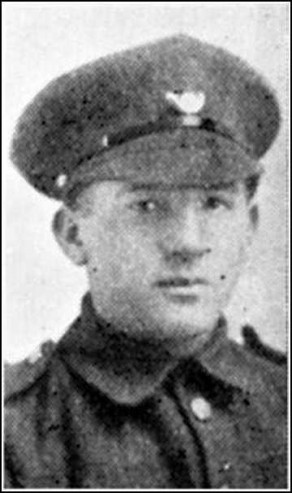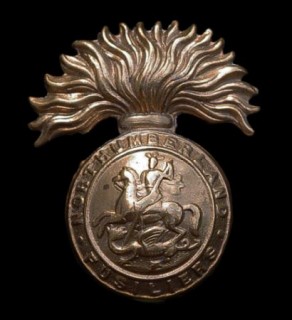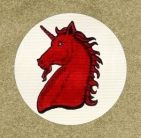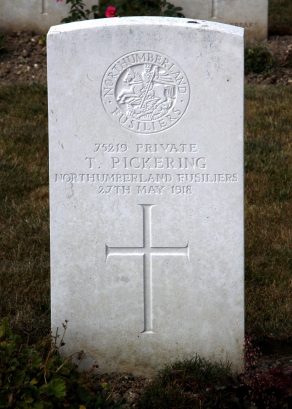Main CPGW Record
Surname: PICKERING
Forename(s): Thomas
Place of Birth: Blackburn, Lancashire
Service No: 75219
Rank: Private
Regiment / Corps / Service: Northumberland Fusiliers
Battalion / Unit: 'B' Coy 1/6th Battalion
Division: 50th (Northumbrian) Division
Age: ---
Date of Death: 1918-05-27
Awards: ---
CWGC Grave / Memorial Reference: II. E. 8
CWGC Cemetery: LA VILLE-AUX-BOIS BRITISH CEMETERY
CWGC Memorial: ---
Non-CWGC Burial: ---
Local War Memorial: BARNOLDSWICK, YORKSHIRE
Additional Information:
Thomas Pickering (born 2 September 1899) was the son of William and Mary Ellen Pickering, née Marsden. Both parents were born at Blackburn, Lancashire.
1901 Blackburn, Lancashire Census: 101, Poplar Street - Thos Pickering, aged 17 months, born Blackburn, son of Wm and Mary E. Pickering.
1911 Barnoldswick, Yorkshire Census: 38, Essex Street - Thomas Pickering, aged 10 years, born Blackburn, Lancashire, son of William and Mary Ellen Pickering.
Thomas's sister, Sarah, was married to Private Fred Windle (19545) (q.v.).
British Army WW1 Medal Rolls Index Cards: Pte Thomas Pickering, 75219, North'd Fus.
British Army WW1 Medal and Award Rolls: Pte Thomas Pickering, 75219, 1/6th North'd Fus. Pres. dead.
Army Registers of Soldiers' Effects: Pte Thomas Pickering, 75219, 1/6 N. Fus. Date and Place of Death: 27.5.18. France. Death presumed. To whom Authorised/Amount Authorised: Mother - Mary E. £6 12s. 0d.
UK, WW1 Pension Ledgers and Index Cards, 1914-1923: card(s) exist for Thomas.
Thomas was killed in action during the Battle of the Aisne, 1918, 27 May-6 June.
Thomas is commemorated in the digital 'Blackburn Roll of Honour 1914-1921' (www.cottontown.org).
A short biography of Thomas is included in: ‘Barnoldswick – A small Town’s part in conflicts 1800 to 2014’ by Peter Ian Thompson (2014).
Data Source: Craven’s Part in the Great War - original CPGW book entry
View Entry in CPGW BookEntry in West Yorkshire Pioneer Illustrated War Record: ---
---
Click the thumbnail below to view a larger image.

Private Thomas PICKERING

Regiment / Corps / Service Badge: Northumberland Fusiliers

Divisional Sign / Service Insignia: 50th (Northumbrian) Division
---
Comment on this Soldier Record
You can leave comments on this soldier record. Please note all comments will be manually approved before they appear on the website.







Thomas Pickering was my great grandma Elizabeth’s brother. They both lived in Barnoldswick at 38, Essex Street. Elizabeth married a John William Chappell on the 2nd October 1920 and then became Elizabeth Ann Chappell, she was a cotton weaver. My great grandad – John William Chappell was a soldier in the Royal Field Artillery.